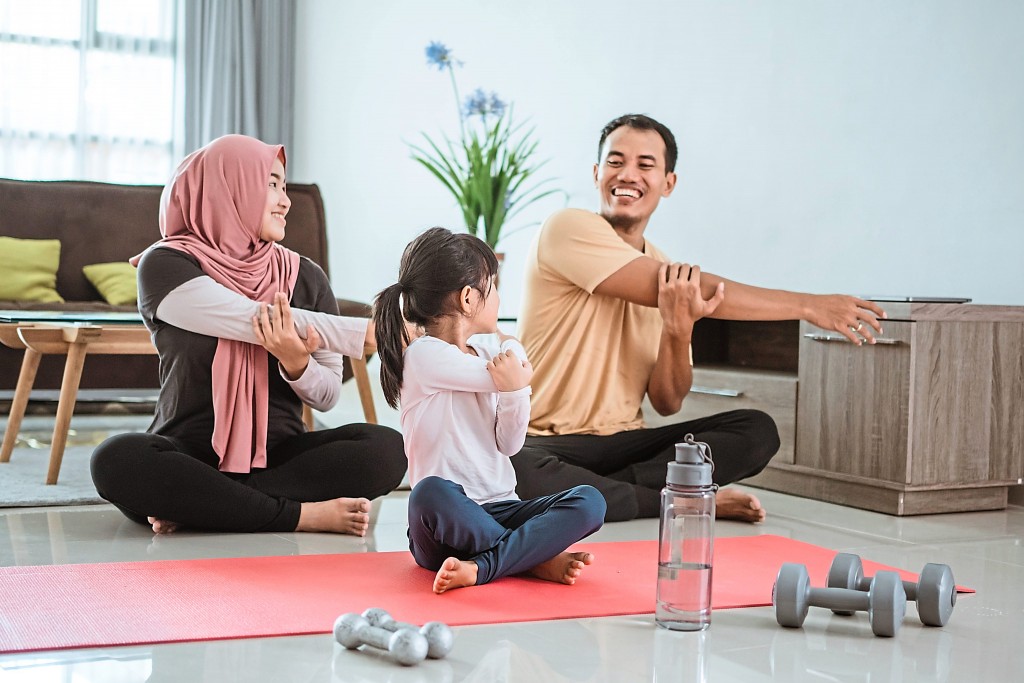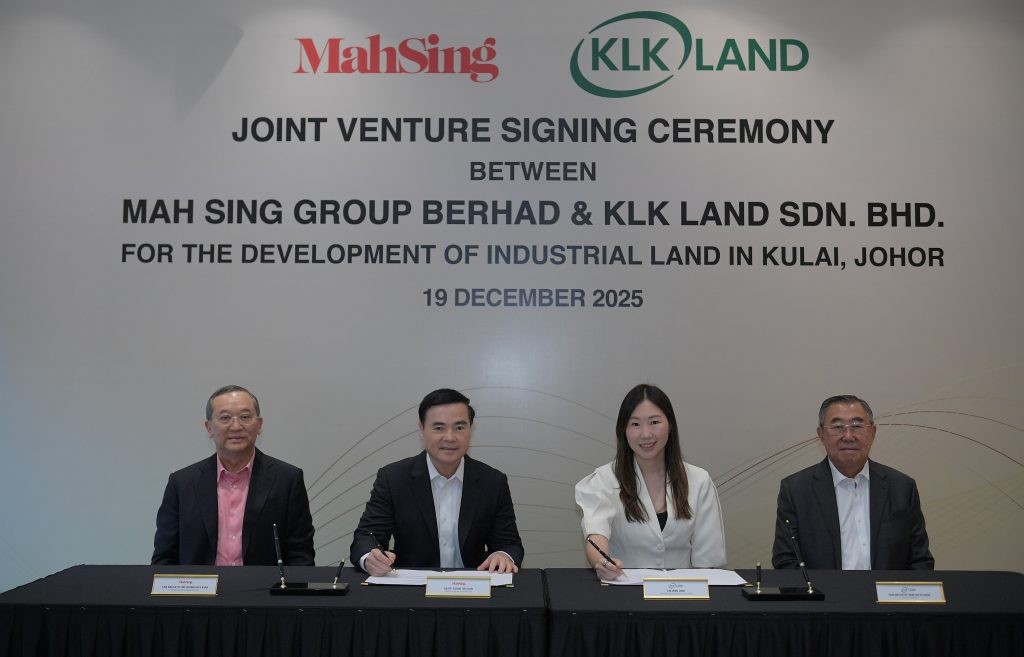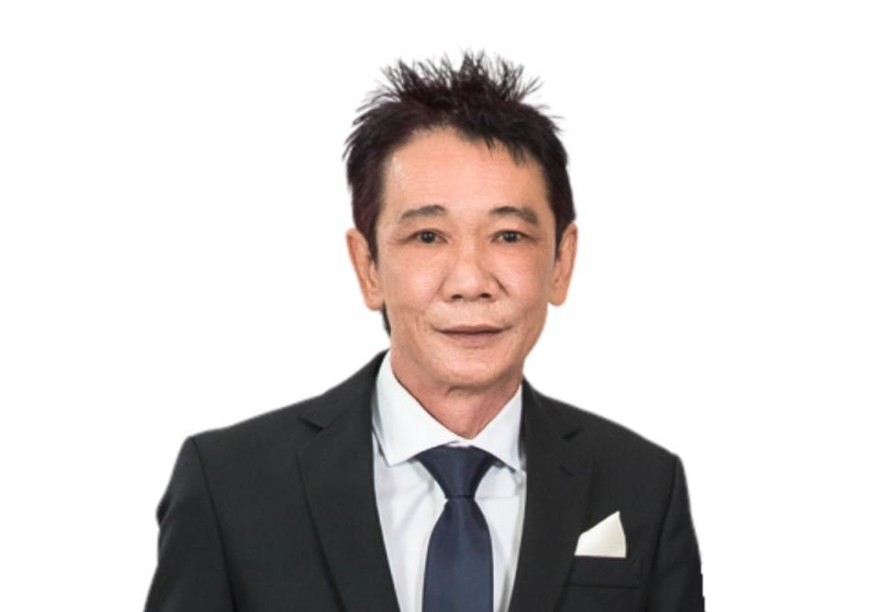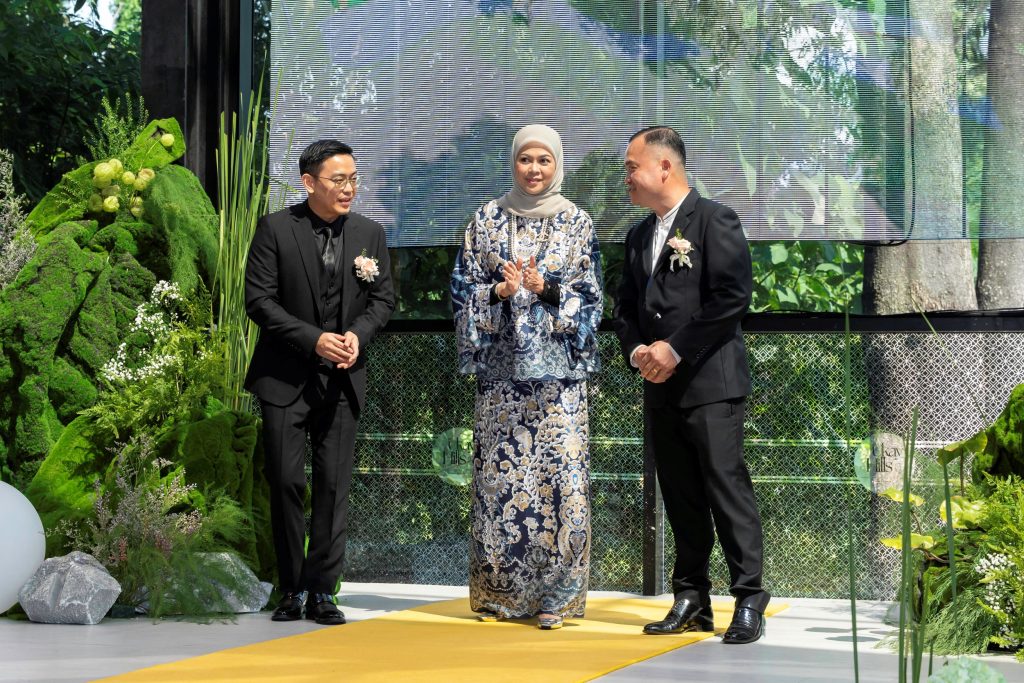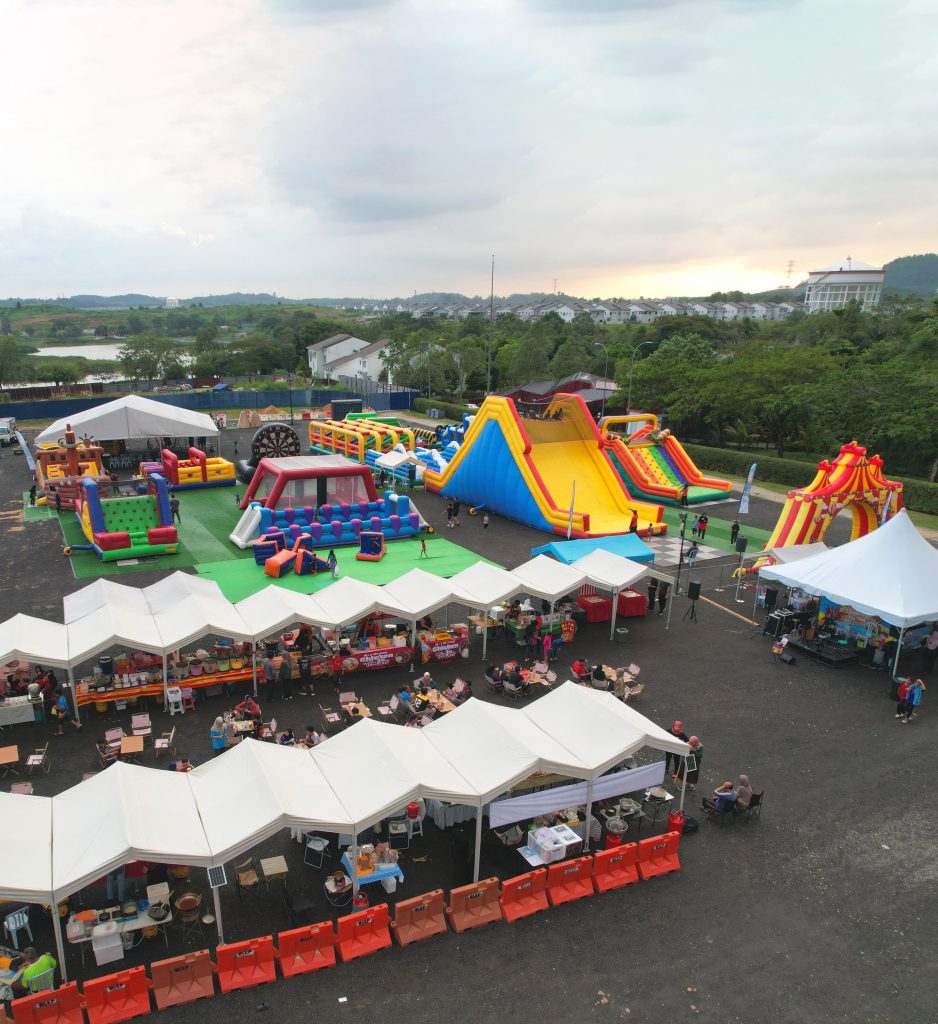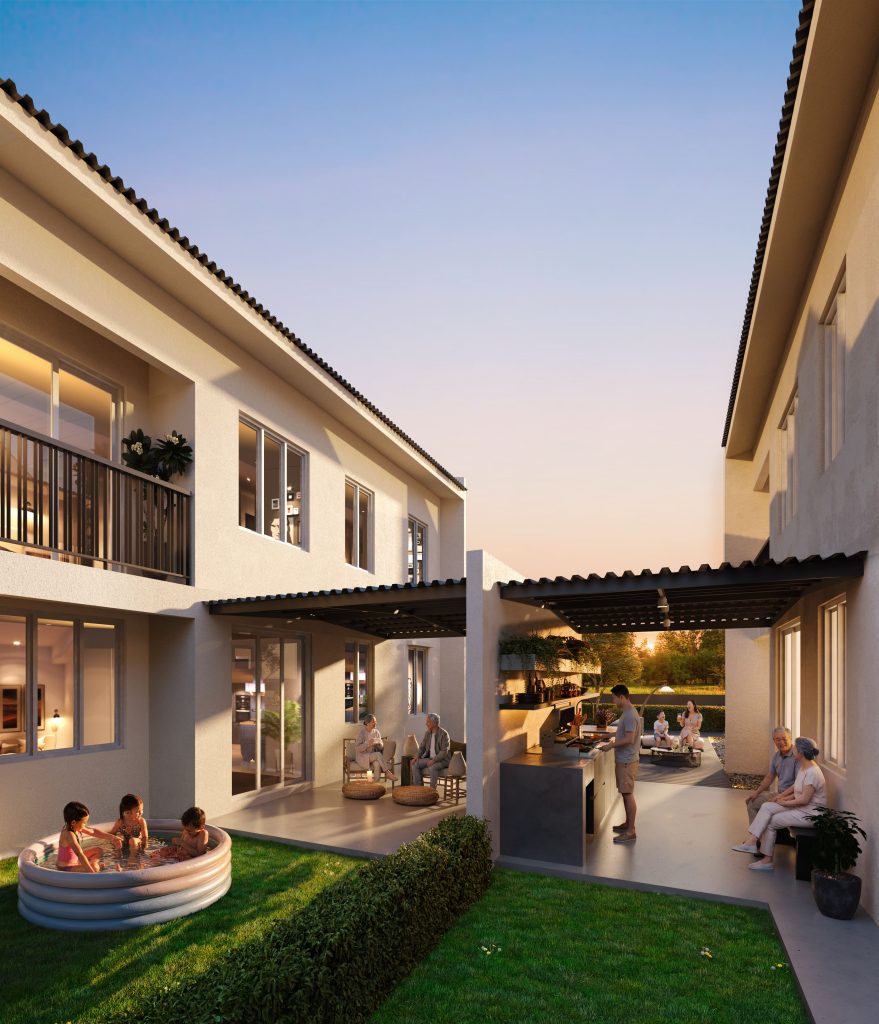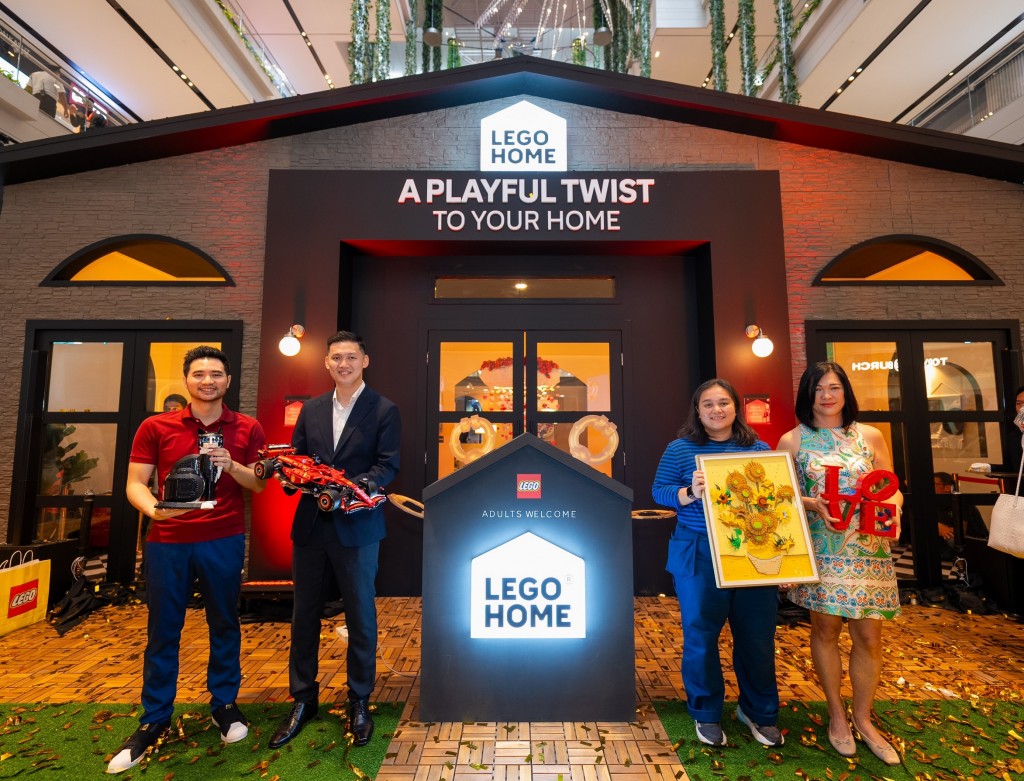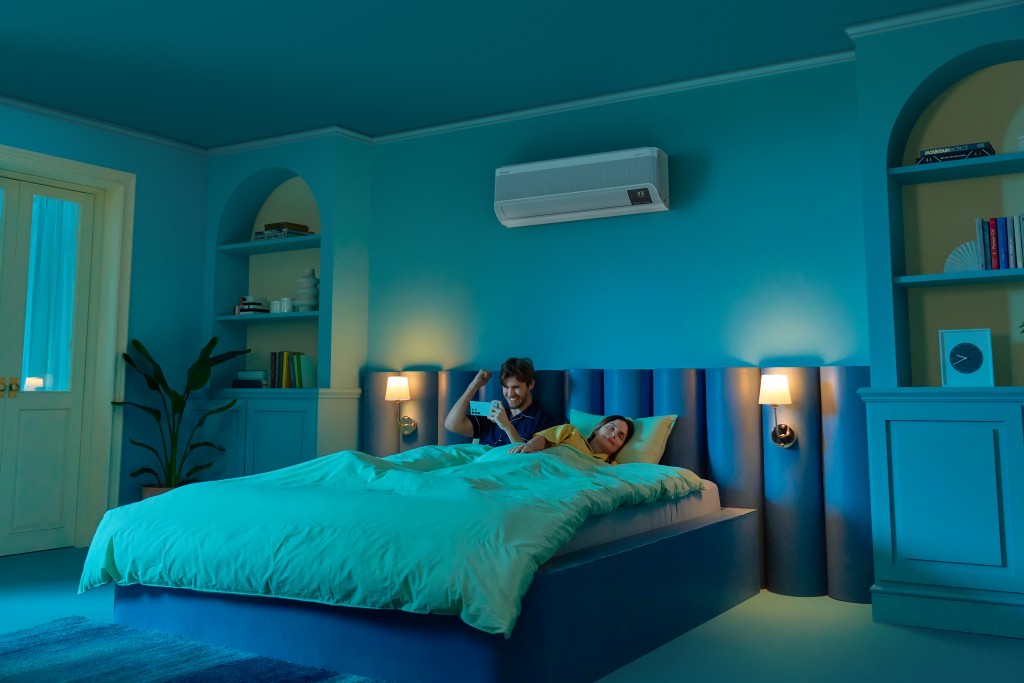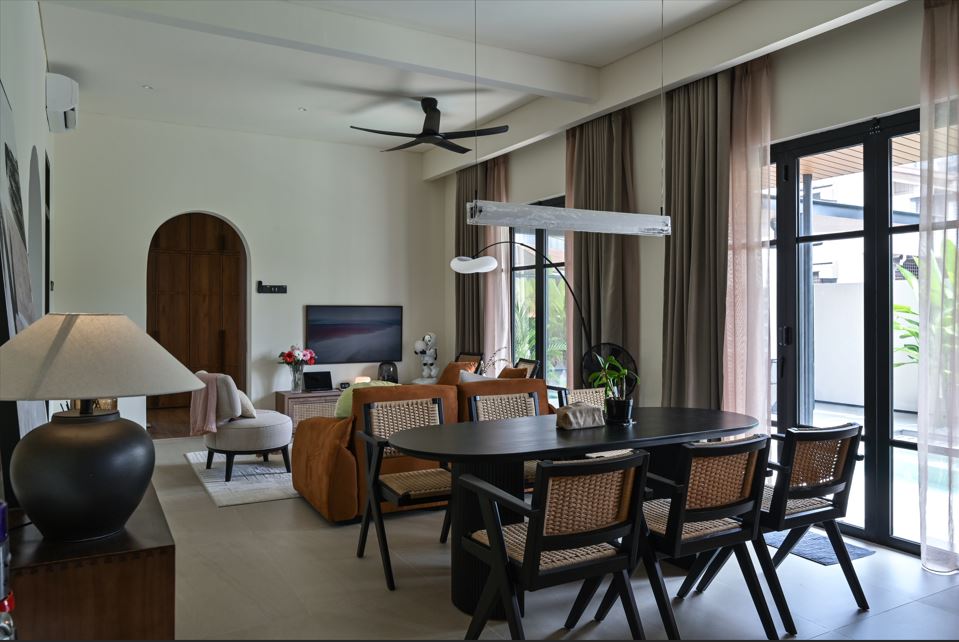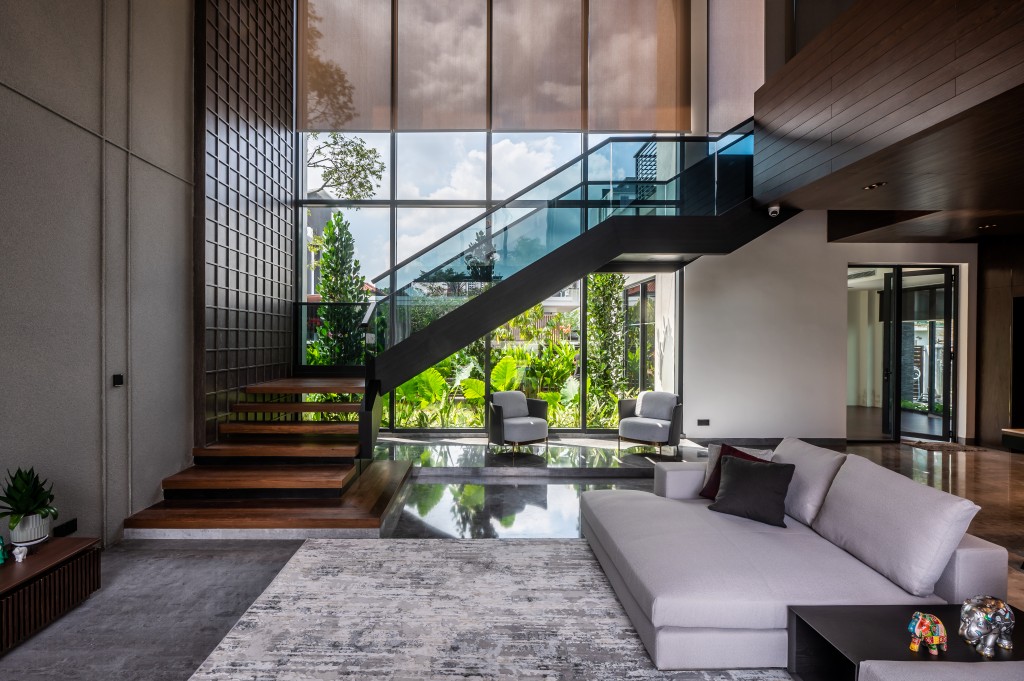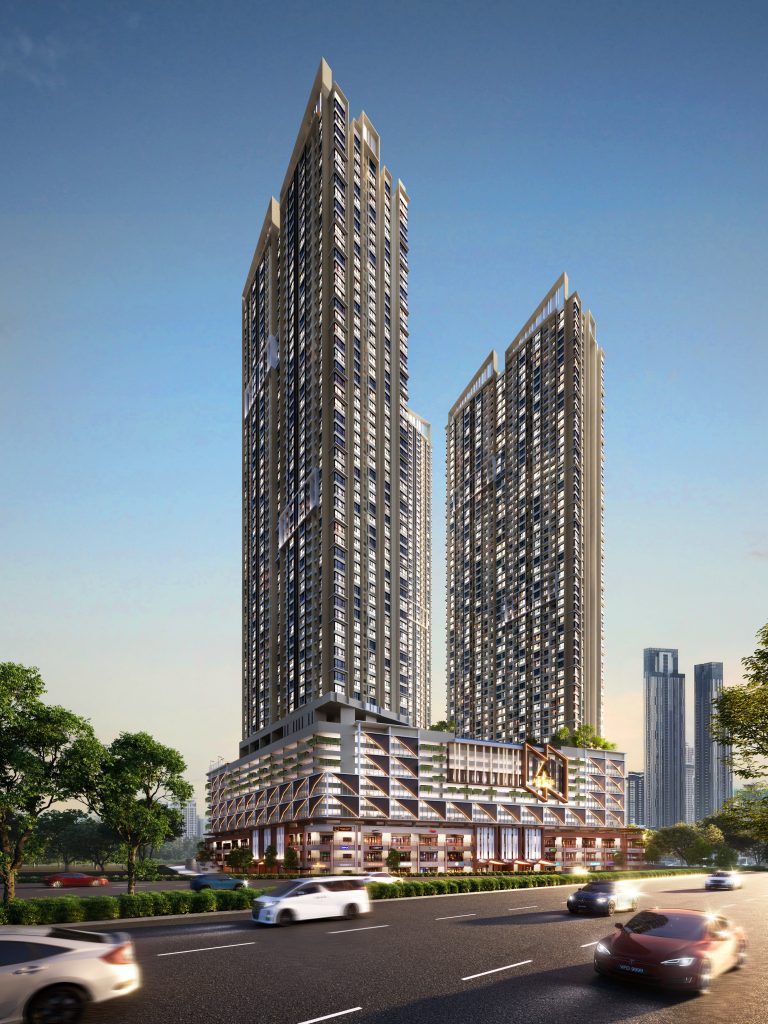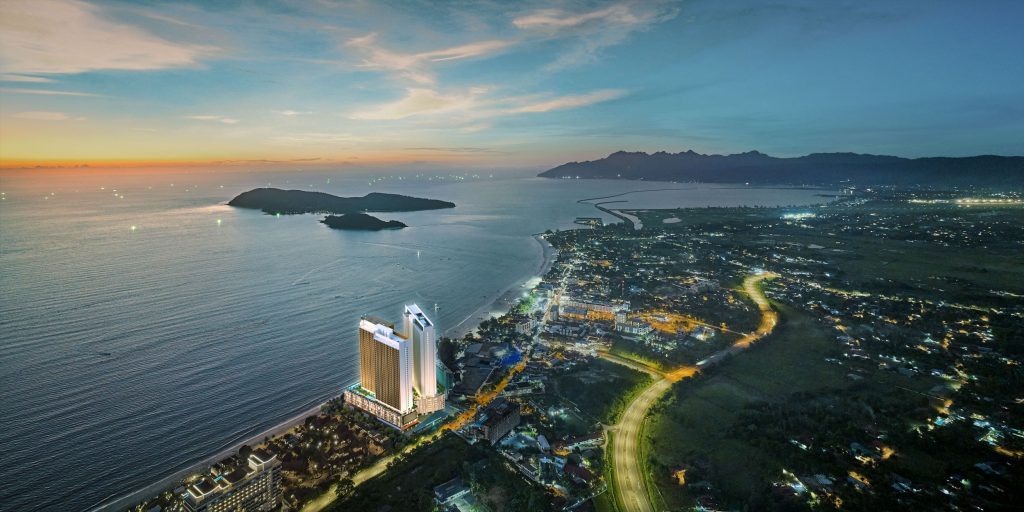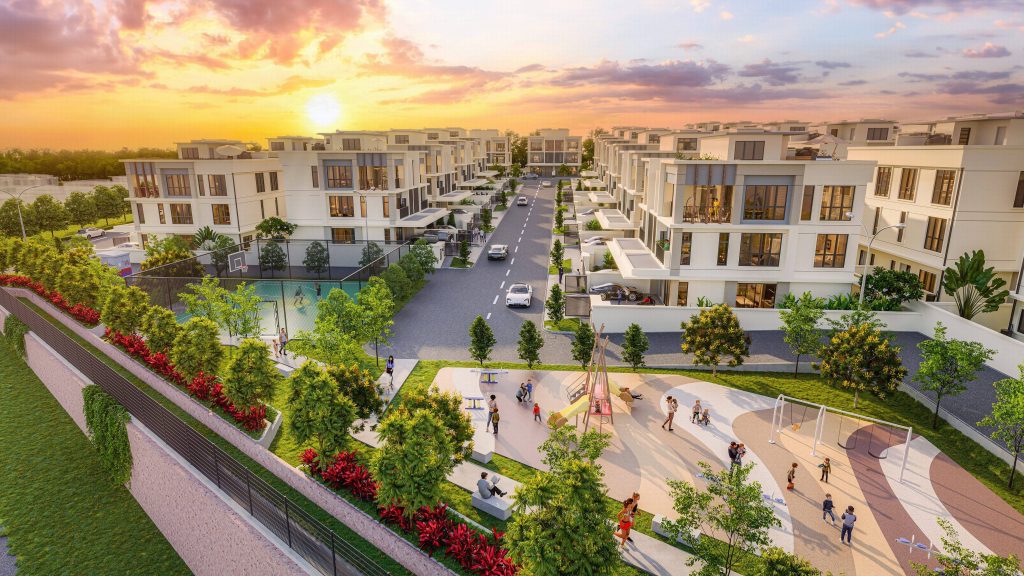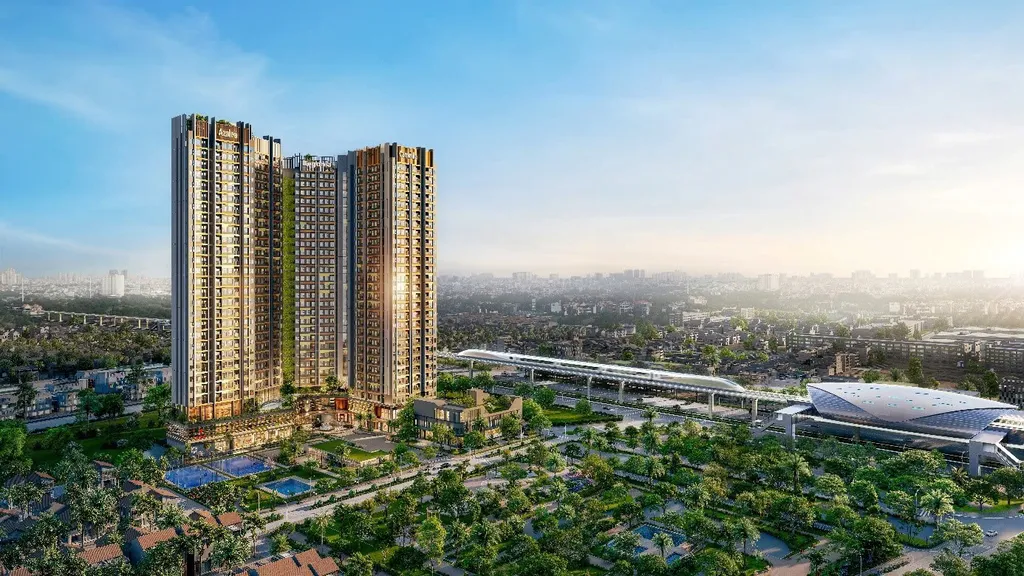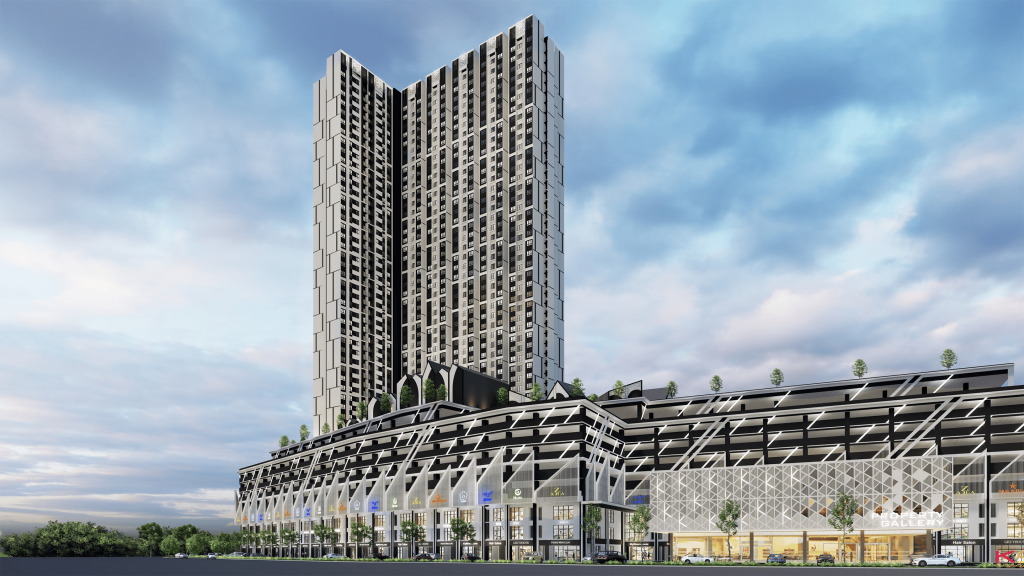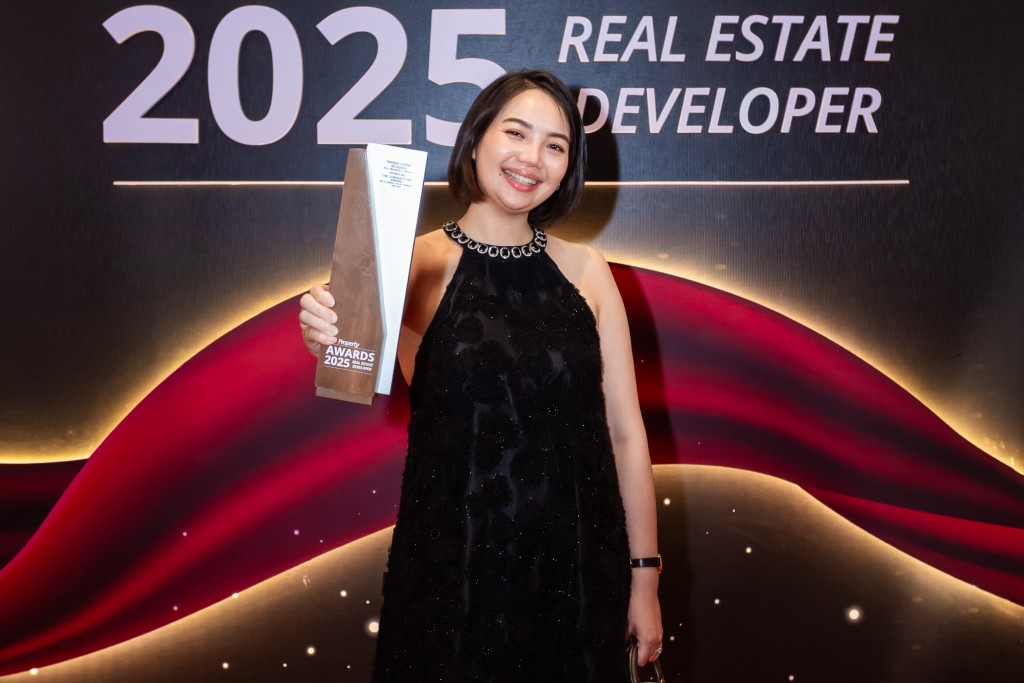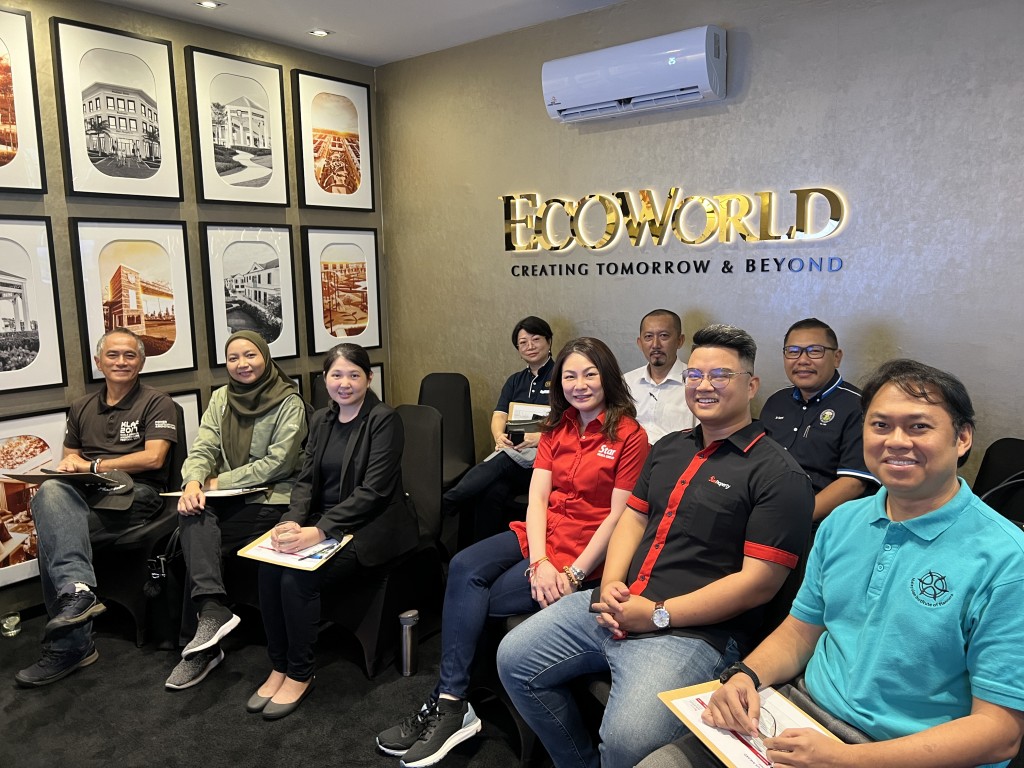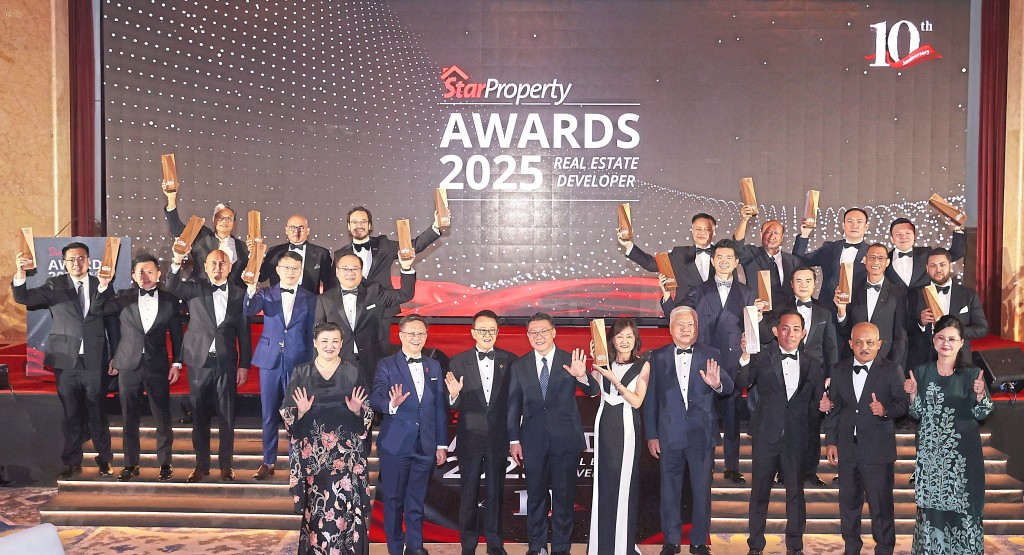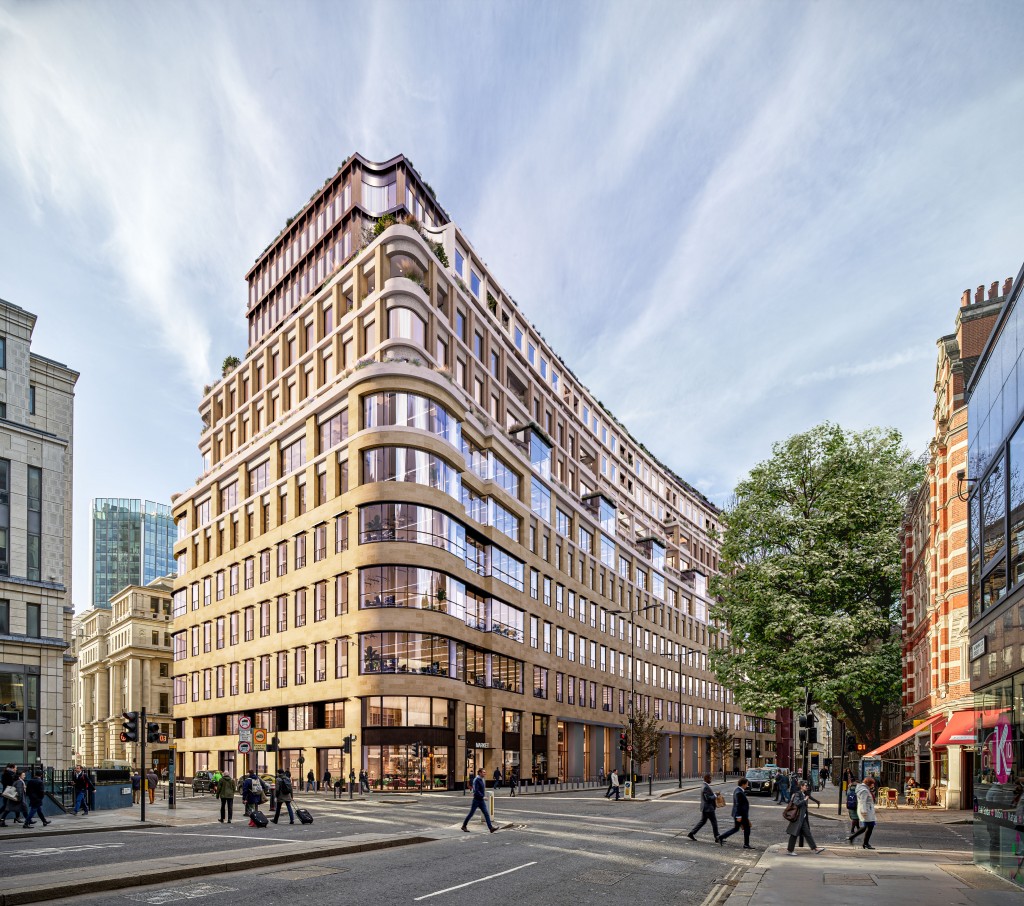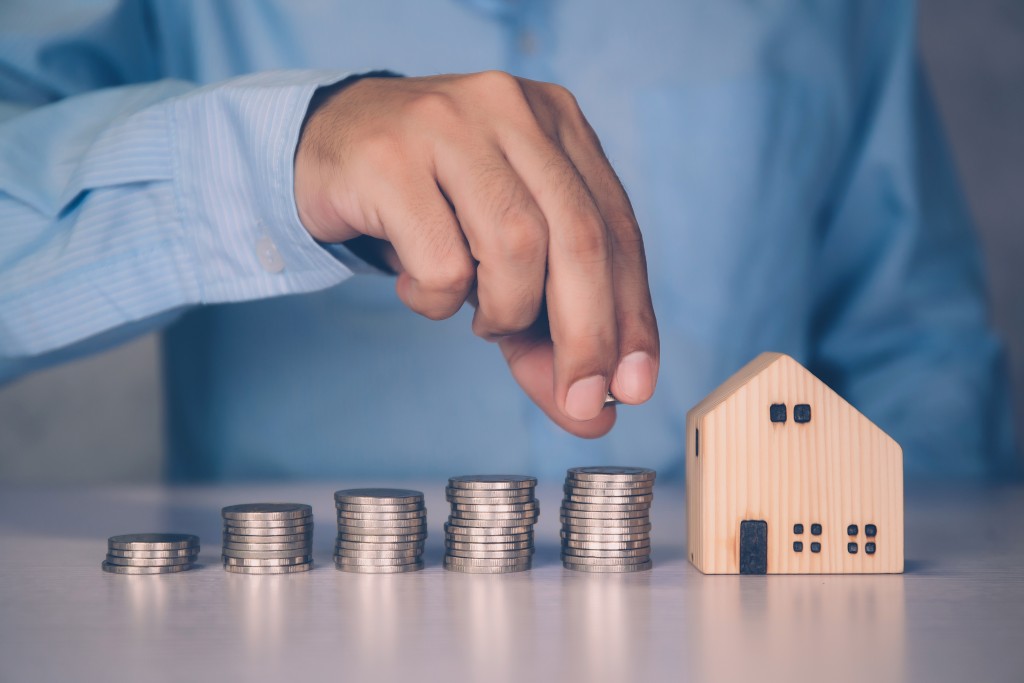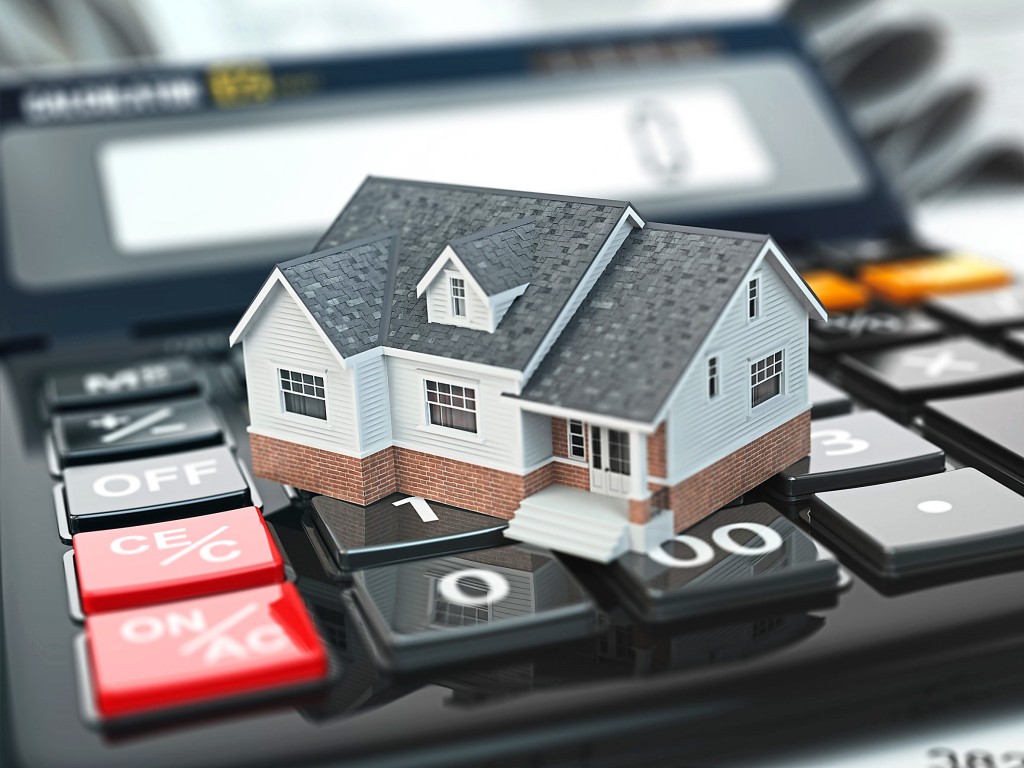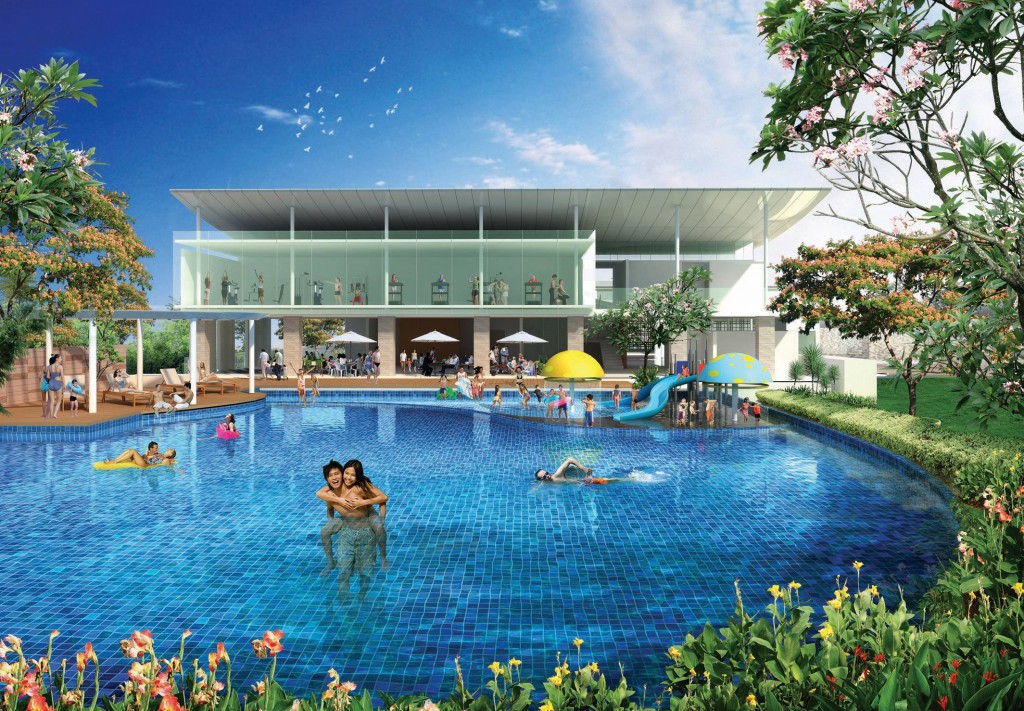One of today’s buzzwords is wellness and it is a strong selling point
By Joseph Wong
The wellness of a home is important for both its appeal and its worth in a world where people have just grappled past the coronavirus crisis and its impact on society’s behaviour.
It is given that buyers view their homes as investments in their own well-being, therefore a structure's contribution towards health and wellness is becoming more and more significant.
This is in part due to the rise in the awareness of self-care, a trend that is growing among the Malaysian population as they realise that ultimately their well-being lies in their own hands.
Many believe that the term self-care equates to things like relaxation, me time, spa visits, sleep or vacations, with some people still viewing it negatively as being selfish, indulgent or neglecting obligations.
In truth, self-care is the ability of individuals, families, and communities to promote health, prevent disease, maintain health and cope with illness and disability with or without the support of a health provider, according to the World Health Organization (WHO).
This perspective encompasses much more than just actions or behaviours involving self-indulgence or pleasure. Self-care can take many different forms, depending on the individual’s own circumstances at the time. Each person might practise self-care very differently than someone else.
The major objective is to improve general health and well-being. Self-care is not something one does merely because the person has the time or the chance to. It is the conscious decision to engage in activities that will replenish or renew yourself rather than drain you.
Getting enough sleep, eating healthily, and engaging in activities that are intellectual, practical, physical, or spiritual according to interests are some examples of self-care. At the same time, the health of a building is also becoming more and more paramount.
“Health and wellness always play a major role in selecting homes when the buyers have bigger budgets to spend and can afford to choose their own place. If there is a limited budget, the roof above his head and other more critical
factors, for example, total apartment size, number of rooms and location come into play,” said Savills Malaysia managing director and head Datuk Paul Khong.
People’s everyday habits and lifestyles are strongly influenced by their homes, communities, and environment, which combined account for 80% to 90% of health outcomes. It makes sense that since a home is often the biggest personal investment and expense, it should also be an investment in health and well-being.
The non-profit Global Wellness Institute claims in a 2018 research report, Build Well to Live Well, that the majority of homes built in the last century "are encouraging lifestyles that make us unwell, agitated, alienated and unhappy."

From young to old, healthcare is a necessity but the built environment should also be conducive to wellness activities.
Built environment not conducive
Today’s Malaysian society is lumped with a built environment that favours driving over biking, sitting over walking, riding in lifts over using the stairs, texting over face-to-face conversations and screen time over outdoor recreation.
And with Malaysia’s life expectancy from birth slowly increasing year by year, going from 57 years in 1960 to 74.3 years in 2020, there is an expectation and need for real estate to evolve with the ageing population, said Rahim & Co International Sdn Bhd research director Sulaiman Saheh.
“By population size between 2012 and 2022, the age bracket above 60 has consistently shown year-on-year growth with the exception of 2020 due to the abnormal spike in deaths from Covid-19.
“Combined, Malaysia’s population aged above 60, which is the official retirement age for the public sector, grew from 2.46 million persons in 2012 to 3.63 million persons in 2022. Within a 10-year period, Malaysia has seen just above a million persons enter what can be considered the senior citizen category age range of above 60 years old. In percentage of the population, those above 60 have grown to double digits between 2010 to 2022 – 2010 at 7.9% (2.25 million) to 11.1% in 2022 (3.63 million),” he said.
In response to this growing older segment of the population, demand for homes suited for these individuals – be it in spatial design or geographical distance to key healthcare hubs – will follow suit though the question lies in how fast.
It is undeniable that wellness real estate is an emerging industry that recognises today’s immense health challenges. It represents a shift that explicitly puts people’s wellness at the centre of the conception, design, creation and redevelopment of homes and neighbourhoods.
Despite the growing need and demand for wellness real estate, to date, there is no comprehensive development as yet that takes a holistic approach to the creation of such a township. That is not to say that nothing is in the works as developers are shifting their attention to this niche market.
As Malaysia is a leading global destination of choice for healthcare tourists, and if the goals of the Malaysian Healthcare Travel Industry Blueprint 2021-2025 to elevate medical tourism in the country are to be realised, more players need to be on board this programme.
Affordability issues
Considering that such a concept is still a niche concept to many Malaysians, market absorption of such developments may take time and move at a more gradual pace. Affordability also presents another question, leading further to issues of accessibility, inclusivity and sustainability.
“As we have moved on out of the pandemic era, the expectations for these two factors have gone off the limelight as many have gone back to the office and are spending much less time working from home.
“In property terms, both health and wellness at home cost a lot of money and equates to larger homes and higher monthly repayments. Affordability will determine the application of these factors into a residential property purchase or an upgrade,” said Khong.
Building on the sustainability movement, which over a decade earlier gave rise to green building standards, the trend of placing human health and well-being at the centre of the housing and neighbourhood design emerged in the early 2000s.
Beyond environmental performance, wellness lifestyle real estate is characterised as residences that are purposefully planned and constructed to promote the total health of their occupants.
Wellness properties give attention to indoor air quality, light, acoustics and sleep as well as provide chances for physical activity and social connection, aside from design elements like plants, water features, and yoga or meditation areas. According to Johnston's analysis, customers are willing to pay a premium for this tendency, which he refers to as "the new urbanisation."
A home is now more than simply a showcase for exquisite design; it's also a place to recharge and reenergise. Luxury now includes everything from expanded exercise centres, yoga studios, massage rooms, and more, to cupboards with regulated humidity and temperature.
Now, at a time when Malaysians are fresh from practising in-home quarantine, wellness-focused features incorporated into their lives and in their homes are more important than ever.
Examples of global wellness communities to emulate
When it comes to healthcare-incorporated developments, projects are more commonly seen as tourism-oriented to drive the medical tourism industry and create a thriving medical and hospitality business network. In real estate development, the term healthcare and wellness can be defined on a spectrum that stretches from a pure medical service endpoint to a holistic wellness lifestyle endpoint.
"In the case of Water Street Tampa, the wellness factor is characterised by the overall healthy community theme shaping the everyday lives of its residents. Whilst Dubai Healthcare City (DHCC) presents itself as a healthcare hub and business network," said Rahim & Co International Sdn Bhd research director Sulaiman Saheh.
Water Street Tampa in Florida, USA is a 56-acre mixed-use waterfront community that stretches 16 blocks and includes residential, commercial and institutional buildings along the Tampa Bay. Construction of Phase 1 began in 2017 with Phase 2 expected to complete in 2027. In 2019, it became the first neighbourhood globally to be certified by the International Well Building Institute as a healthy community for walking, working and living.
On the other hand, DHCC in Dubai, established in 2002, brings together core healthcare services and creates a network of businesses from hospitality to consultancies and retail outlets. It is governed by the Dubai Healthcare City Authority which provides an enabling ecosystem that facilitates the setting up of businesses. To date, DHCC houses 4,425 healthcare professionals, 10 hospitals, 168 clinical facilities and 36 recreational facilities. Phase 1 is dedicated to healthcare and medical education covering 4.1 million sq ft. Phase 2, still in its construction stage, is dedicated to wellness and will cover 19 million sq ft.
"In Malaysia, several healthcare and wellness-oriented projects and developments have already been developed over the years. Most of the ones we have on offer locally are smaller in scale compared to other international purpose-built and designed health and wellness cities. Some of these were just completed and others are in the development phase," said Sulaiman.

“Any increases in interest rates will have a direct, inverse impact on the property
industry,” Khong said.
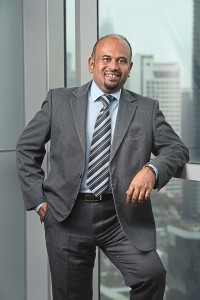
There is an expectation and need for real estate to evolve with the ageing population,” said Sulaiman.
Stay ahead of the crowd and enjoy fresh insights on real estate, property development, and lifestyle trends when you subscribe to our newsletter and follow us on social media.

